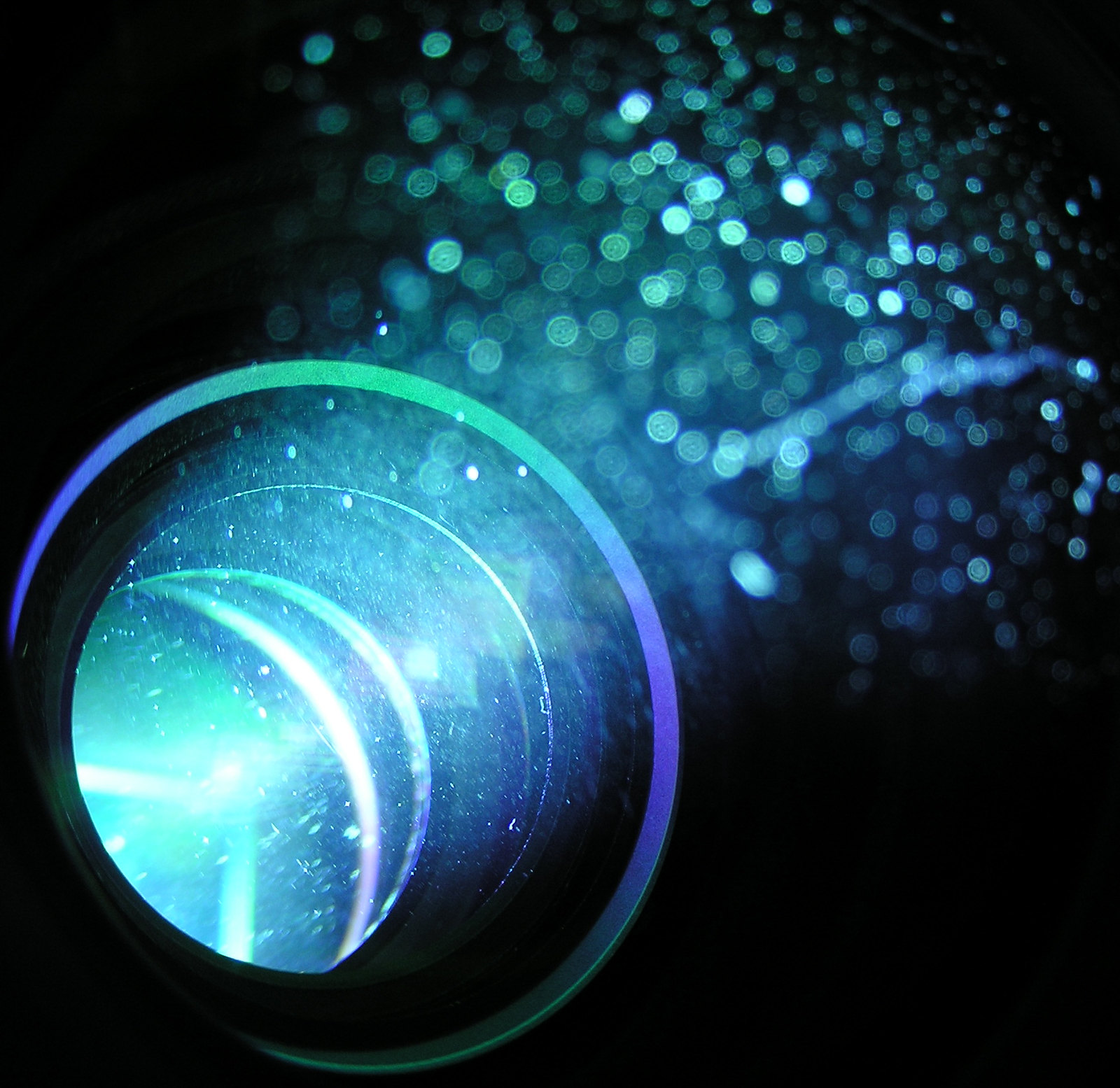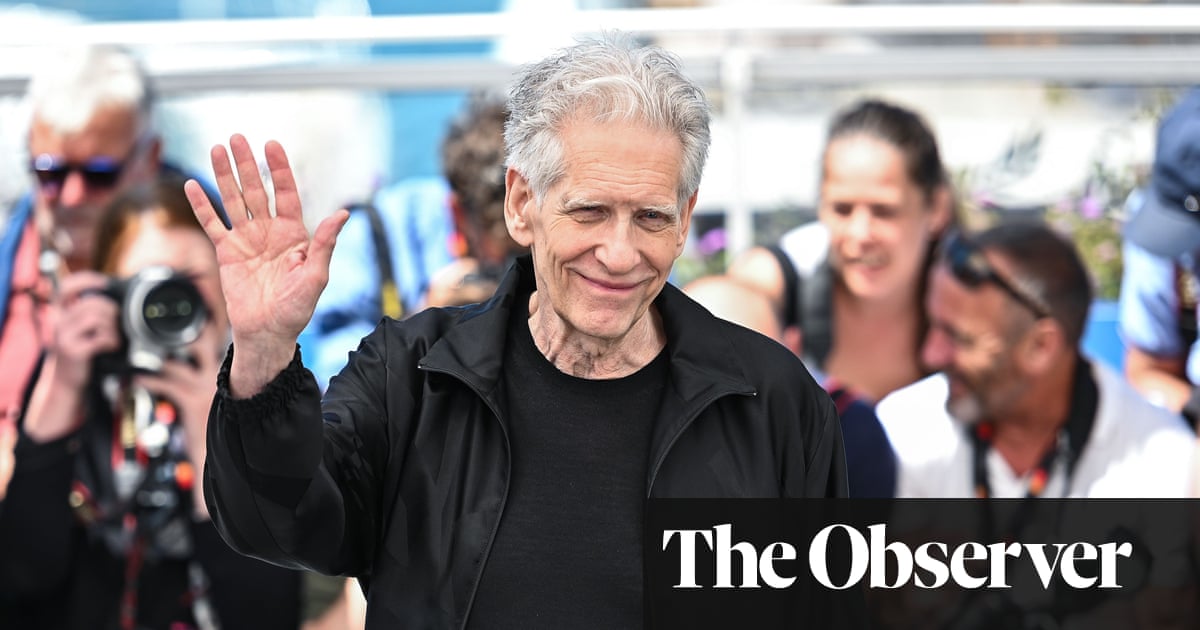Cronenberg has won a Berlin Silver Bear for outstanding artistic contribution for the sci-fi/horror eXistenZ (1999), and shared a Bafta best British film nomination for the tattooed thriller Eastern Promises (2007). It’s all a far cry from the garish posters for his 1975 frightener Shivers (AKA The Parasite Murders/They Came from Within), which first mesmerised me with its teasing tagline: “Being terrified is just the beginning!” I was too young to see the X-rated movie, or its thematically linked follow-up Rabid (“Pray it doesn’t happen to you!”). But by the time Cronenberg’s mainstream breakthrough Scanners (1981) opened at the ABC Edgware, I’d caught up with his back catalogue through late-night screenings, and devoured endless articles about his squishy oeuvre in the pages of the American horror magazine Fangoria. “David Cronenberg’s Scanners EXPLODES! with telepathic terror” declared the front cover of Fangoria Issue 10, while Issue 24 featured bloody offal bursting through a television screen under the headline: “Videodrome: TV with guts”. Good times!
Despite such gory adulation, Cronenberg’s visceral imaginings have always owed more to the surrealism of Buñuel than to any violent slasher heritage. Smartly mixing brains with brawn, he co-opted the splattery language of horror cinema to conjure fleshy visual metaphors for all-too-real anxieties. No surprise that the 1983 essay collection The Shape of Rage: The Films of David Cronenberg took its title from The Brood (1979), in which experimental therapist Dr Hal Raglan (Oliver Reed) teaches his patient Nola Carveth (Samantha Eggar) to externalise her inner anger through a process called “psychoplasmics” – lending physical form to abstract emotions.
The Brood horrified international censors, who saw it as simply exploitational schlock, although Cronenberg (who conceived the movie during an acrimonious divorce) called it “my version of Kramer vs Kramer”. In 1983, Videodrome (“Long live the new flesh!”) would cheekily imagine what would happen if those same censors’ fears about films and TV reshaping reality became real, while his transformational 1986 hit The Fly fused a 50s sci-fi shocker narrative with Kafka’s Metamorphosis to create an eye-popping meditation on ageing, humanity and death.
Those themes also underwrite my favourite Cronenberg film, Dead Ringers (1988). A mournful tale of identical twins (both played by Jeremy Irons) whose lives unravel when separation looms, Dead Ringers is by turns horrifying, humorous and heartbreaking. As Cronenberg recently observed: “Grief is forever, as far as I’m concerned.” That phrase perfectly encapsulates his entire filmography – an extraordinary body of work ranging from low-budget horrors to high-brow dramas, in which complex musings on mutation, metamorphosis and death are made glorious flesh.
This is the best summary I could come up with:
During a career spanning six decades and more than 20 feature films, Cronenberg, 81, has inspired everyone from Japanese auteur Shinya Tsukamoto (Tetsuo: The Iron Man) to rising British star Rose Glass (Saint Maud, Love Lies Bleeding).
It’s all a far cry from the garish posters for his 1975 frightener Shivers (AKA The Parasite Murders/They Came from Within), which first mesmerised me with its teasing tagline: “Being terrified is just the beginning!” I was too young to see the X-rated movie, or its thematically linked follow-up Rabid (“Pray it doesn’t happen to you!”).
But by the time Cronenberg’s mainstream breakthrough Scanners (1981) opened at the ABC Edgware, I’d caught up with his back catalogue through late-night screenings, and devoured endless articles about his squishy oeuvre in the pages of the American horror magazine Fangoria.
No surprise that the 1983 essay collection The Shape of Rage: The Films of David Cronenberg took its title from The Brood (1979), in which experimental therapist Dr Hal Raglan (Oliver Reed) teaches his patient Nola Carveth (Samantha Eggar) to externalise her inner anger through a process called “psychoplasmics” – lending physical form to abstract emotions.
In 1983, Videodrome (“Long live the new flesh!”) would cheekily imagine what would happen if those same censors’ fears about films and TV reshaping reality became real, while his transformational 1986 hit The Fly fused a 50s sci-fi shocker narrative with Kafka’s Metamorphosis to create an eye-popping meditation on ageing, humanity and death.
As Cronenberg recently observed: “Grief is forever, as far as I’m concerned.” That phrase perfectly encapsulates his entire filmography – an extraordinary body of work ranging from low-budget horrors to high-brow dramas, in which complex musings on mutation, metamorphosis and death are made glorious flesh.
The original article contains 906 words, the summary contains 288 words. Saved 68%. I’m a bot and I’m open source!
Lambasted by the Evening Standard, boycotted by the Daily Mail and banned from cinemas in Westminster (really), Crash nevertheless marked the beginning of Cronenberg’s ascension to international film royalty. In 1999 he would himself serve as jury president at Cannes, going on to earn Palme d’Or nominations for several subsequent features: the 2002 Ralph Fiennes psychodrama Spider; the brilliant graphic-novel adaptation A History of Violence (2005), with a career-best performance by Viggo Mortensen; the Don DeLillo adaptation Cosmopolis (2012); the scathing Hollywood satire Maps to the Stars (2014); and the body-horror throwback Crimes of the Future (2022).
It’s interesting that his critical reception improved at the time I feel he hit a rough patch with Spider - I enjoyed Crimes of the Future for what it was but the only film I highly rate in that lot of A History of Violence.



